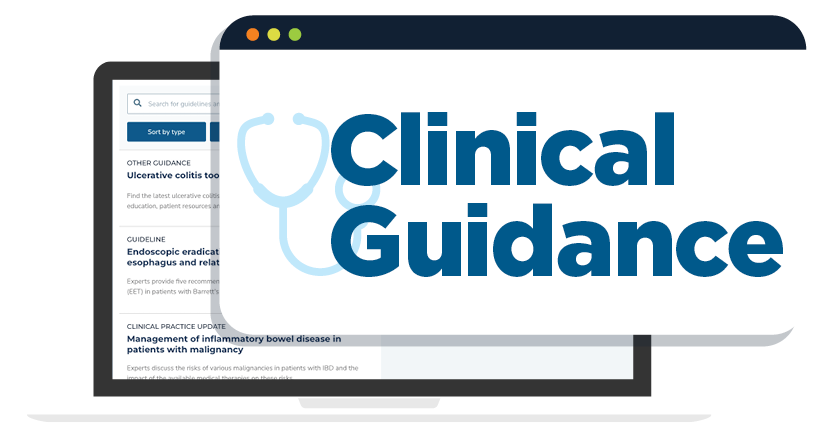1. Endoscopic classification systems for the appearance of gastric varices (GV) should not be used for purposes of guiding primary prophylaxis of GV bleeding.
2. Initial medical management of bleeding GV should be performed according to current practice guidelines for portal hypertensive bleeding.
3. Goals of initial endoscopic evaluation include identification of the bleeding source and classification of the variceal bleeding site. Initial therapy for bleeding GV should focus on acute hemostasis for hemodynamic stabilization with a plan for further diagnostic evaluation and/or transfer to a tertiary care center with expertise in GV management.
4. Following initial endoscopic hemostasis, cross-sectional (magnetic resonance (MR) or computer tomography (CT)) imaging with portal venous contrast phase should be obtained to determine vascular anatomy, including the presence or absence of portosystemic shunts and gastrorenal shunts.
5. Determination of definitive therapy for bleeding GV should be made based upon endoscopic appearance of the gastric varix, the underlying vascular anatomy, presence of comorbid portal hypertensive complications and available local resources. This is ideally done via a multidisciplinary discussion between the gastroenterologist or hepatologist and the interventional radiologist.
6. In cases in which definitive endoscopic therapy is favored, cyanoacrylate (CA) injection of bleeding GV is the treatment of choice. CA injection should be performed without the addition of plant-based oils such as lipiodol.
7. Following definitive endoscopic treatment of bleeding GV with CA injection, endoscopy should be performed every 2-4 weeks to repeat CA injection as needed. Once the GV is completely treated with no further need for CA injection, endoscopic reevaluation should occur within 3-6 months and then yearly thereafter.
8. Transjugular intrahepatic portosystemic shunt (TIPS) placement may be used in management of GV bleeding when there is significant inflow to the GV from the coronary vein and/or significant comorbid complications from portal hypertension (pHTN).
9. When TIPS is utilized for management of GV bleeding, endovascular sclerosis and/or direct embolization of GV should also be performed when feasible.
10. When a gastrorenal shunt is present, local expertise is available, and when severe comorbid complications of pHTN are absent, balloon-occluded retrograde transvenous obliteration (BRTO) is the optimal endovascular therapy for management of GV bleeding.
11. Following BRTO for bleeding GV, short-interval (48 hour) endoscopic assessment of the GV should be performed to ensure that vascular flow has been obliterated. If residual vascular flow is detected after BRTO for bleeding GV, CA injection should be performed. Cross-sectional imaging with CT or MR, should be performed within 4-6 weeks from the procedure and subsequently as clinically indicated to confirm GV obliteration and evaluate for potential vascular complications.
12. When BRTO is performed to treat GV bleeding, surveillance endoscopy should be performed to assess and treat EV that may be exacerbated by increased portal pressures.












